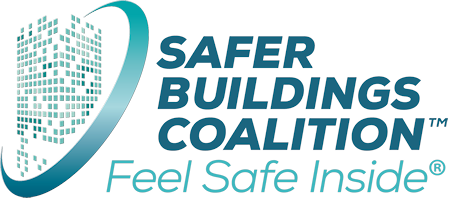
PUBLIC SAFETY TECHNOLOGY WORK GROUPCURRENTLY ON HIATUS PENDING THE OUTCOME OF THE NO NOISE TASK FORCE Mission, Scope, Philosophy, and Goals Chair: TBD Mission: Scope and Philosophy: In addition to Part 90 PLMR radio systems, public safety agencies have for years augmented their communications capabilities using commercial cellular services provided by all the major US wireless carriers. With the advent of the Public Safety Broadband Network, more innovation and investment are being directed towards this technology, and the use of cellular technologies by public safety agencies is increasing. The Public Safety Technology Work Group will include within its scope both PLMR and Cellular services. As the wireless industry continues to evolve and innovate, new technologies are being deployed that will offer additional capabilities to public safety agencies and pose new challenges for implementation, interference management, and interoperability. These could include 5G, CBRS, sensor technologies, advanced location services, and the evolution of agile end-user devices capable of multiple technologies (like LMR, Cellular, WiFi, Bluetooth, etc.). The Public Safety Technology Work Group will include within its scope monitoring and adapting to the impact of public safety technology innovations. The Public Safety Technology Work Group and the Codes and Standards Work Group mirror their respective stakeholders within jurisdictions. That is, jurisdictional radio system operators and fire and building code enforcement teams. These two SBC Work Groups will develop models that include best practices and cross-agency collaboration, and work to provide tools and resources for these agencies. The Methodology to use is:
We are not accepting new members to this work group right now...Have a question? Ask it here: CONTACT US
|

